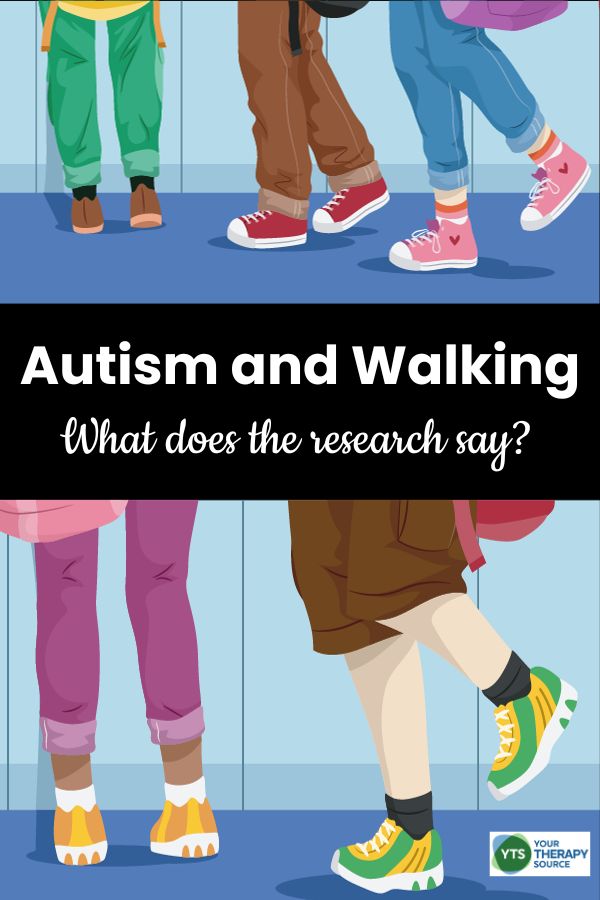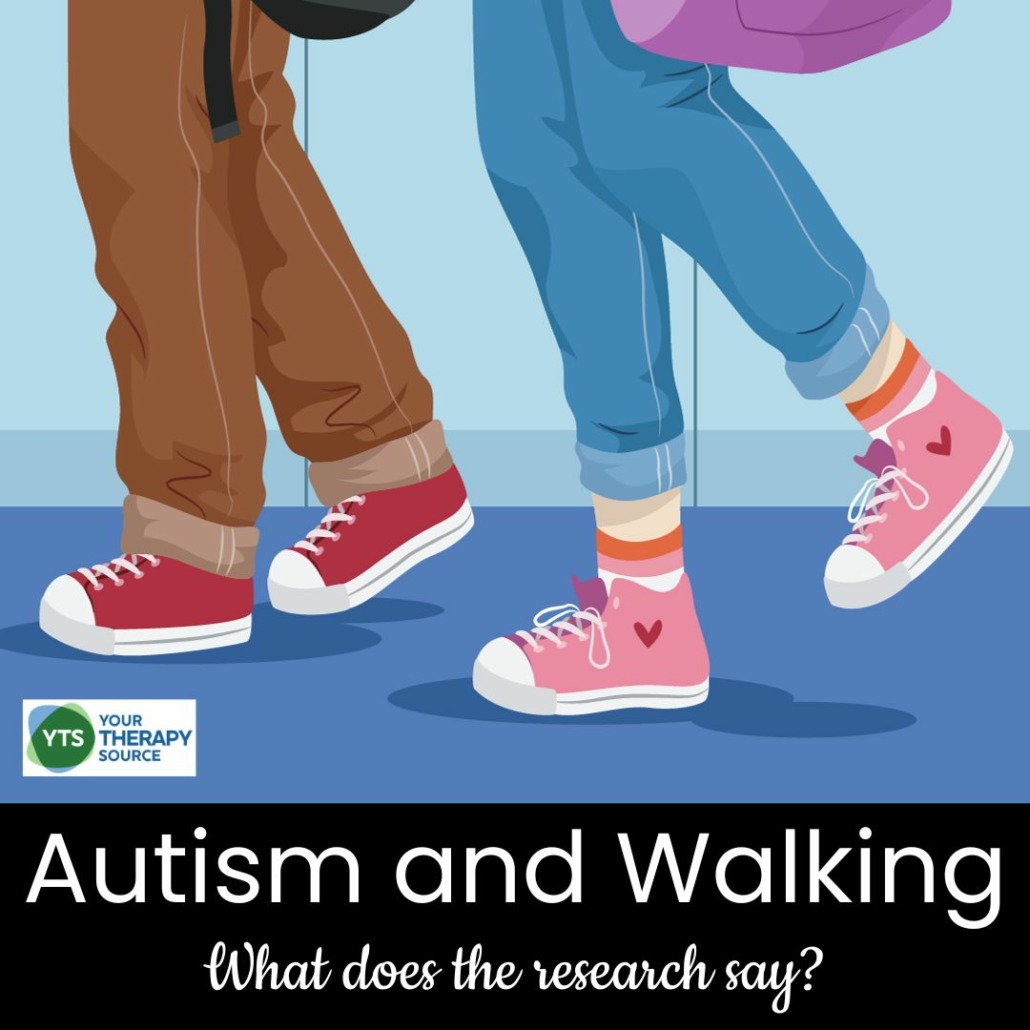Autism and Walking – What Does the Research Say?

Walking, often taken for granted, becomes a topic of great interest when observed in the context of disorders such as autism. While many aspects of autism have been extensively studied, the interrelation between autism and walking is still being unraveled. This article aims to shed light on this relationship by delving into the most frequent questions posed on the topic.
Can Autism Cause Walking Problems?
Autism Spectrum Disorder (ASD) doesn’t directly “cause” walking problems in the traditional sense. However, research suggests that children with ASD often exhibit gait abnormalities when compared to neurotypical peers. For instance, a study utilizing plantar pressure to examine gait found that children with ASD tend to have a more flat-footed contact pattern, increased left-right asymmetry, and larger step-to-step variability. These gait characteristics also seem to correlate with social impairments, indicating a potential association between motor coordination and core autism symptoms (Gong et al, 2020).
How Do Some Children with Autism Walk?
Children with ASD exhibit several distinct walking patterns:
- Wider Step: Their steps are broader compared to those of neurotypical individuals.
- Slower Pace: They tend to walk more slowly.
- Increased Stability Mechanisms: To augment stability, children with ASD might reduce stride length and have a wider base of support. They also spend more time with their feet on the ground, known as stance phase.
- Toe Walking: A specific study found that 32% of individuals with severe ASD were toe-walkers. This behavior varied, with some doing it while standing, walking, or running, while others only when running. Interestingly, walking on softer surfaces, like foam mats, reduced the incidence of toe-walking (Valagussa et al, 2017).
- Altered Range of Motion: Reduced motion is observed at the ankles and knees during walking, combined with increased hip flexion.
- Variability in Strides: There’s more inconsistency in their stride length, stride time, and walking speed.

Taming Idiopathic Toe Walking: A Treatment Guide for Parents and Therapists
What is the Average Age for an Autistic Child to Walk?
Most children, about 97% according to the World Health Organization, begin walking by 16 months. For children with intellectual disabilities (not exclusive to autism), this milestone might be delayed. However, a study conducted by the University of California, San Francisco, found that based on the expected walking age for children based on their IQ, autism seemed to be associated with relatively lower rates of delayed walking.
Using the Autism Diagnostic Observation Schedule (ADOS) and the Autism Diagnostic Interview-Revised (ADI-R) the walking age of 1,185 children was investigated. The findings suggest that many children with autism and low IQ walk on time. This could mean these children experience cognitive development differently, potentially offering a more extended window for treatments to enhance cognitive growth (Bishop et al, 2016).
Summary: Autism and Walking
The relationship between autism and walking presents a complex interplay of neurodevelopmental, physical, and environmental factors. While the intricacies continue to be explored, what’s clear is that each child with autism is unique. Understanding these nuances in walking patterns offers another lens to appreciate the individual challenges they might face and tailor support accordingly.
References
Bishop SL, Thurm A, Farmer C, Lord C. Autism Spectrum Disorder, Intellectual Disability, and Delayed Walking. Pediatrics. 2016 Mar;137(3):e20152959. doi: 10.1542/peds.2015-2959. Epub 2016 Feb 3. PMID: 26908679; PMCID: PMC5098697.
Gong, L., Liu, Y., Yi, L., Fang, J., Yang, Y., & Wei, K. (2020). Abnormal gait patterns in autism spectrum disorder and their correlations with social impairments. Autism Research, 13(7), 1215-1226.
Kindregan D, Gallagher L, Gormley J. Gait deviations in children with autism spectrum disorders: a review. Autism Res Treat. 2015;2015:741480. doi: 10.1155/2015/741480. Epub 2015 Apr 2. PMID: 25922766; PMCID: PMC4398922.
Valagussa, G., Trentin, L., Balatti, V., & Grossi, E. (2017). Assessment of presentation patterns, clinical severity, and sensorial mechanism of tip‐toe behavior in severe ASD subjects with intellectual disability: A cohort observational study. Autism Research.
Related Information
Drawing Process in Children with Autism
Motor Skills in Adults with Autism
Autism and Sensory Processing Disorder



